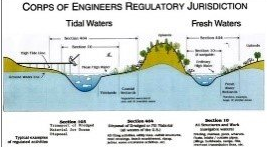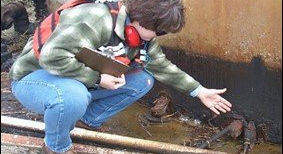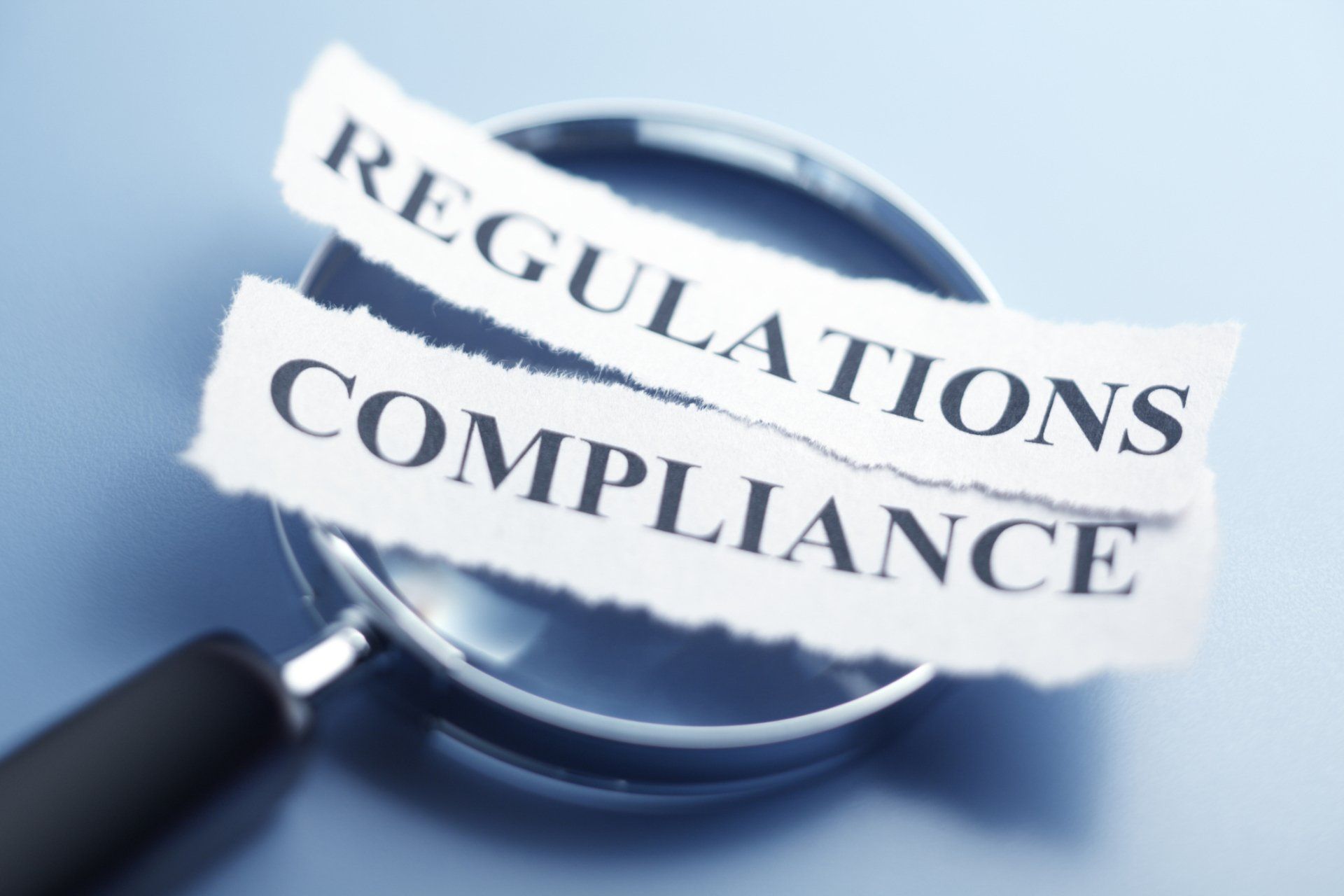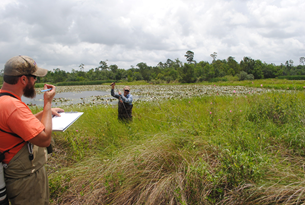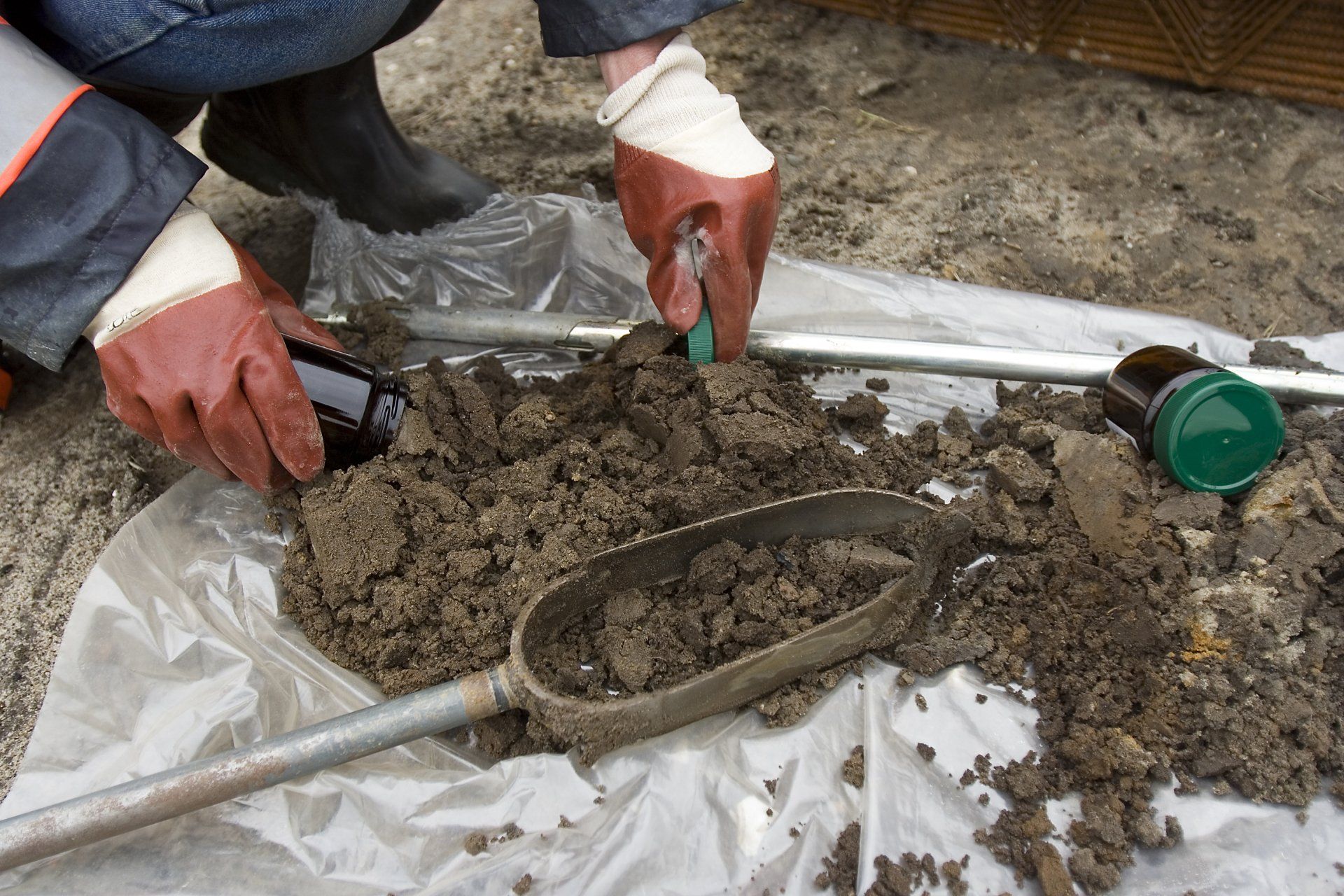Environmental Regulations & Permitting
REGULATORY COMPLIANCE
Coastal Environments, Inc. personnel remain current on new and proposed environmental regulations in order to assist clients in planning and permitting projects that comply with cited laws and regulations. The firm has worked with clients in preparing permit applications for the U. S. Army Corps of Engineers Districts in Galveston, Fort Worth, New Orleans, Vicksburg and Mobile and for state and local coastal management programs. Personnel track the permit applications and prepare responses and supplemental documents, as needed, and work with the client to develop acceptable, compensatory mitigation for unavoidable impacts. The firm has assisted clients in Louisiana, Texas and Mississippi in obtaining permits for a wide diversity of projects.
Regulatory services span a wide range of concerns in the areas such as, wetland alteration and mitigation, surface water discharges and cultural resources. Specific services relating to regulatory matters included:
- Development or review of state coastal management and coastal use plans and guidelines meeting federal requirements;
- Preparation of permit applications for development and conservation projects.
- Preparation of National Environmental Policy Act (NEPA) related documents and other environmental studies, such as Environmental Impact Statements (EIS) and Assessments (EA); Environmental Site Assessments (ESA) - Phase I and II; wetland delineations; threatened and endangered species surveys; cultural resources investigations; archaeological testing and mitigation; and wetland mitigation programs; and
- Field surveys for various biological, geological, hydrological, and chemical parameters and for cultural resources.
REGULATORY APPROVALS
The siting of projects in wetlands should be avoided when possible due to the time and effort required to obtain all of the necessary approvals from state and federal regulatory agencies. However, the encroachment of a project into wetlands cannot always be avoided. Coastal Environments, Inc. (CEI) works closely with clients in order to obtain the necessary information and documentation required to facilitate the permitting process.
The siting of projects in wetlands should be avoided when possible due to the time and effort required to obtain all of the necessary approvals from state and federal regulatory agencies. However, the encroachment of a project into wetlands cannot always be avoided. Coastal Environments, Inc. (CEI) works closely with clients in order to obtain the necessary information and documentation required to facilitate the permitting process.
Two tasks are usually associated with wetland permitting projects:
- Task 1 - Development and submittal of the permit application. Task 1 involves the preparation and submittal of the permit application, which is submitted concurrently to the federal and state agencies.
- Task 2 - Tracking of the permit application, responding to agency concerns, and mitigation coordination. Task 2 is initiated once the applications have been received by the agencies. Coastal Environments, Inc. closely monitors the progress of an application in order to ensure that delays do not occur. Coastal Environments, Inc. helps in coordinating mitigation, if required, in a timely manner in order to avoid delays at the end of the permitting process.
Coastal Environments, Inc. has provided wetland permitting assistance to industry, commercial and residential developers, private landowners, and federal, state, and local agencies. Projects include, but are not limited to: railroad spurs, residential subdivisions, shopping malls, electrical substation facilities, aerial transmission lines, telecommunications tower facilities, natural gas pipelines, oil and gas exploration and development, wetland enhancement, and restoration projects.
ENVIRONMENTAL SITE ASSESSMENTS PHASE I & II
Under existing regulations, an increasing number of companies purchasing, or leasing property are investigating the site's environmental condition prior to acquisition in order to establish "innocent landowner defense" status and deter liability for pre-existing environmental risks that may be uncovered subsequent to use of the property. An Environmental Site Assessment, Phase I (ESAPI) is intended to determine if there are reasonable grounds for suspecting that there are environmental risks attached to the property. It allows the buyer to know the condition of the property and the likelihood that the property has been subject to a release of a hazardous substance prior to any property transactions. The assessment also provides the buyer or lessee the opportunity to avoid costs associated with cleanup negotiations or potential future liabilities by seeking another site, if the proposed action can be relocated.
An ESAPI consists of two primary tasks: (1) data review, personal interviews and site inspection and (2) preparation of the ESAPI report. The two tasks are generally conducted concurrently by CEI personnel in conformance with American Society for Testing and Materials (ASTM) Standards on Environmental Site Assessments.
In Task 1, CEI investigates public records for approximately the last fifty years to develop the land use history of the subject property. Aerial photographs and government issued maps are reviewed in order to identify past land use. Information is obtained from federal, state, and local agencies relative to the known storage or handling of hazardous materials at the site. Conveyance records are reviewed for data on land use history. The current and past landowners or representative of the landowner and local agencies are interviewed. The objective of the field inspection is to identify indications of the past or present storage, handling, or disposal of hazardous materials. Photographs are taken to document present conditions of the subject property
Task 2 is the ESAPI report preparation. The report contains the land use history of the subject property, description of the field investigation, photo-documentation, information generated from the various agencies, conveyance record information, interview form, and findings and conclusions.
Coastal Environments, Inc. is also qualified to conduct Environmental Site Assessments, Phase II (ESAPII). The second phase of the ESA investigation, the ESAPII, involves analytical sampling of the subject property in order to determine if suspected contamination exists and if it does, to what degree and extent.
CEI scientists design a sampling regimen that includes the parameter of contaminants tested for and the frequency and location of sample points. Subsurface soil samples are taken and recorded by CEI personnel. Chain-of-custody protocol is followed to ensure the delivery of the samples to the analytical laboratory for testing. The test results from the lab with a summary of findings and CEI recommendations are presented in a report to the client.

